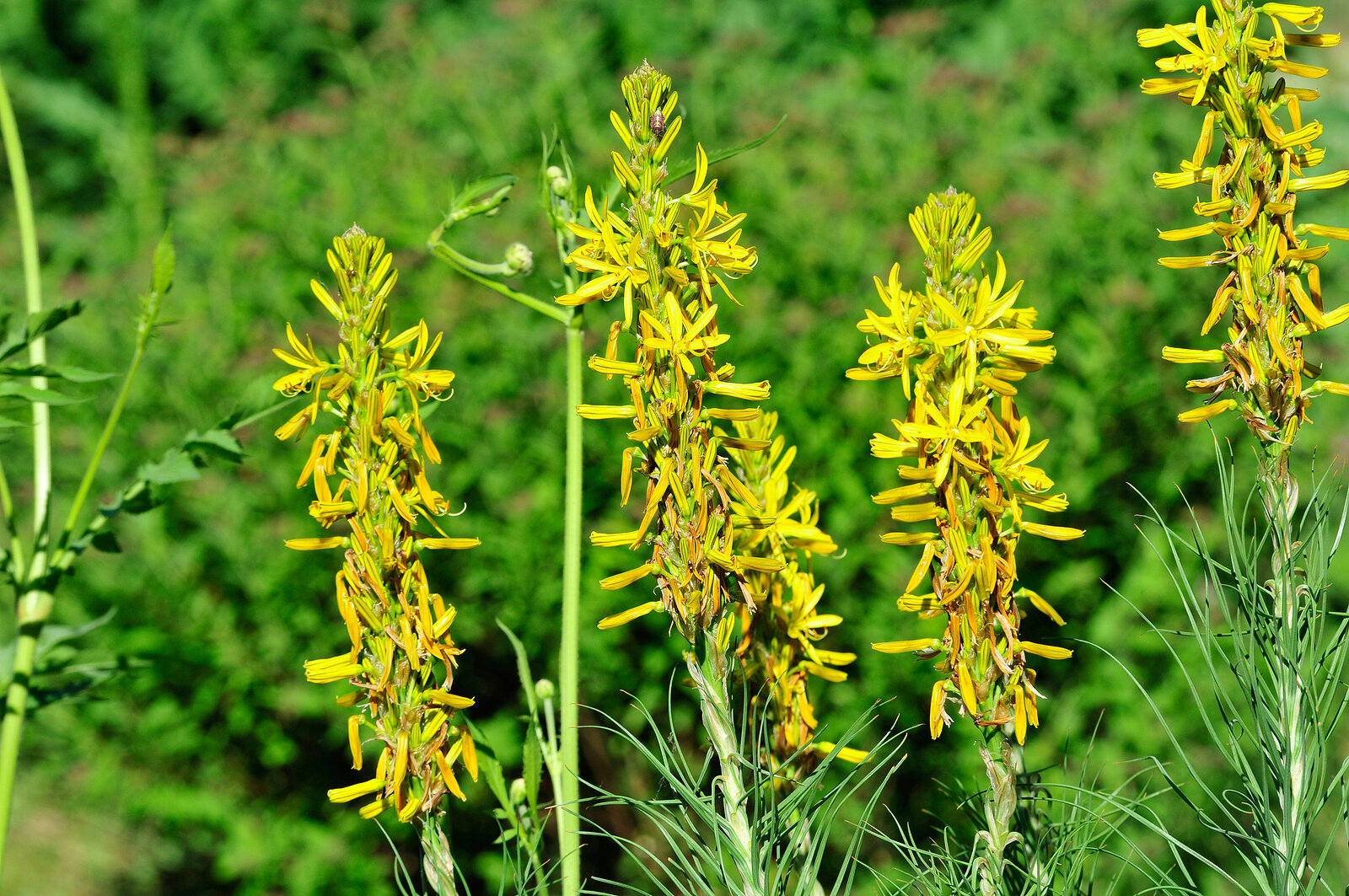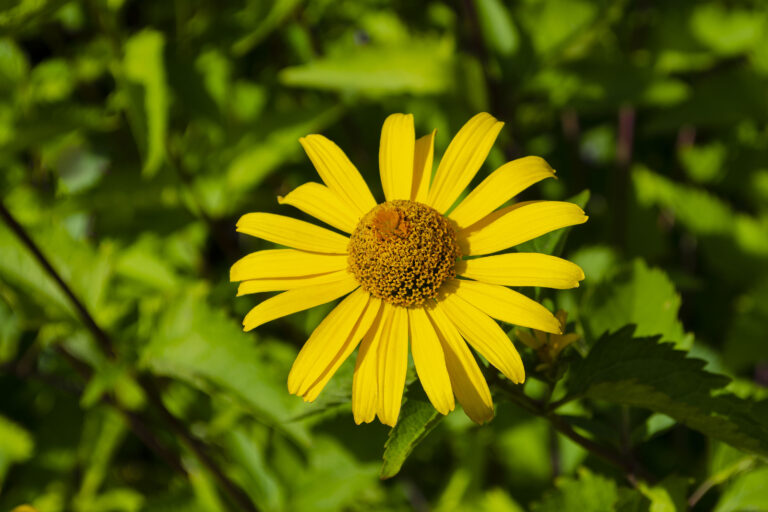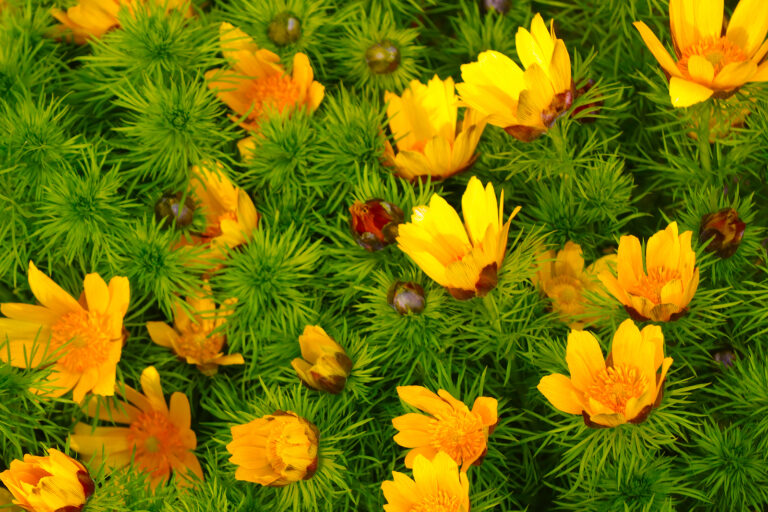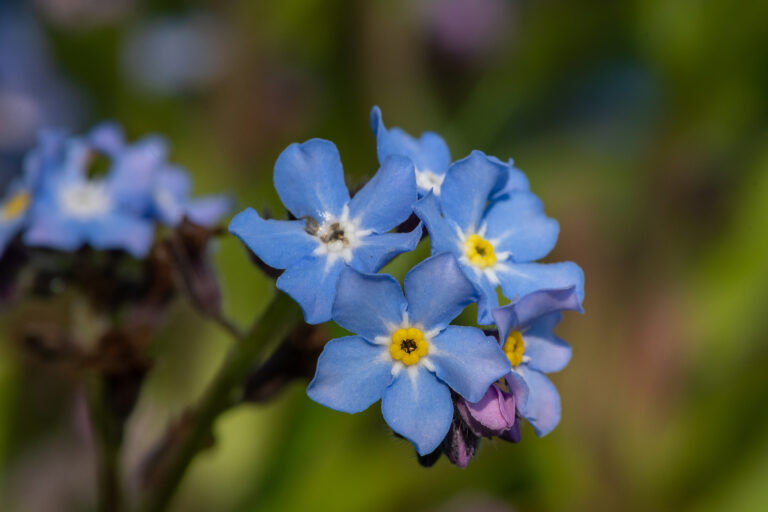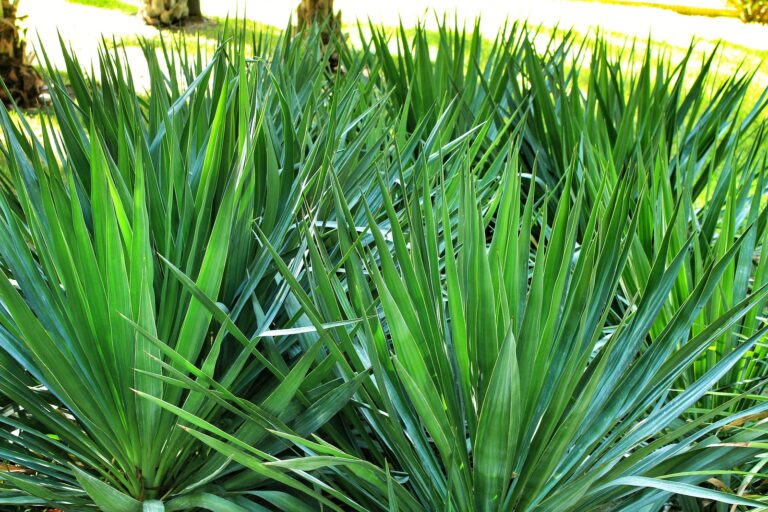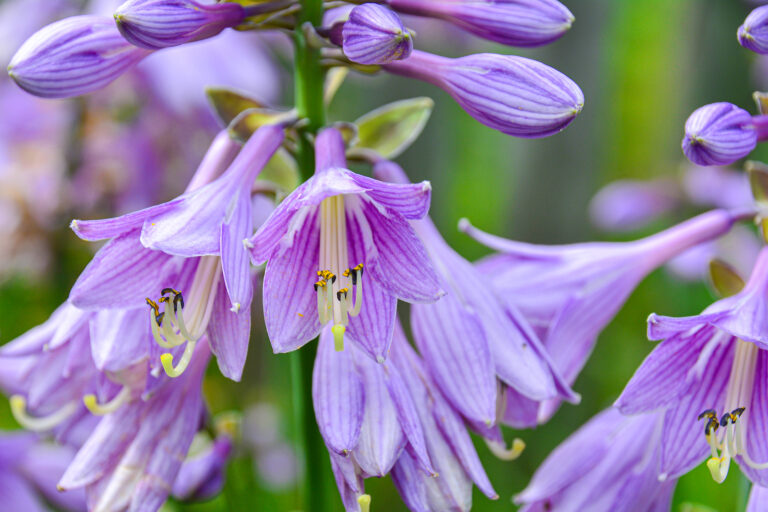How to Grow Jacob’s-Rod – Asphodeline
Asphodeline is a genus of perennials and biennials with long, slender leaves and tall flower spikes that bear tubular flowers in various shades of white, pink, or purple. Aspholdeline is commonly known as Jacob’s rod or simply asphodels.
There are about 20 speices of Asphodeline. All are known for their striking appearance. They are often used in gardens for their beautiful flowers and architectural foliage. They are relatively easy to grow as long as their specific growing conditions are met; they like full sun, average well-drained soil, and cool summers.
Asphodeline are also valued for their ability to attract pollinators like bees and butterflies. Some species of Asphodeline have medicinal properties and have been used in traditional medicine for various purposes. Asphodeline are native to Europe, North Africa, and Western Asia.
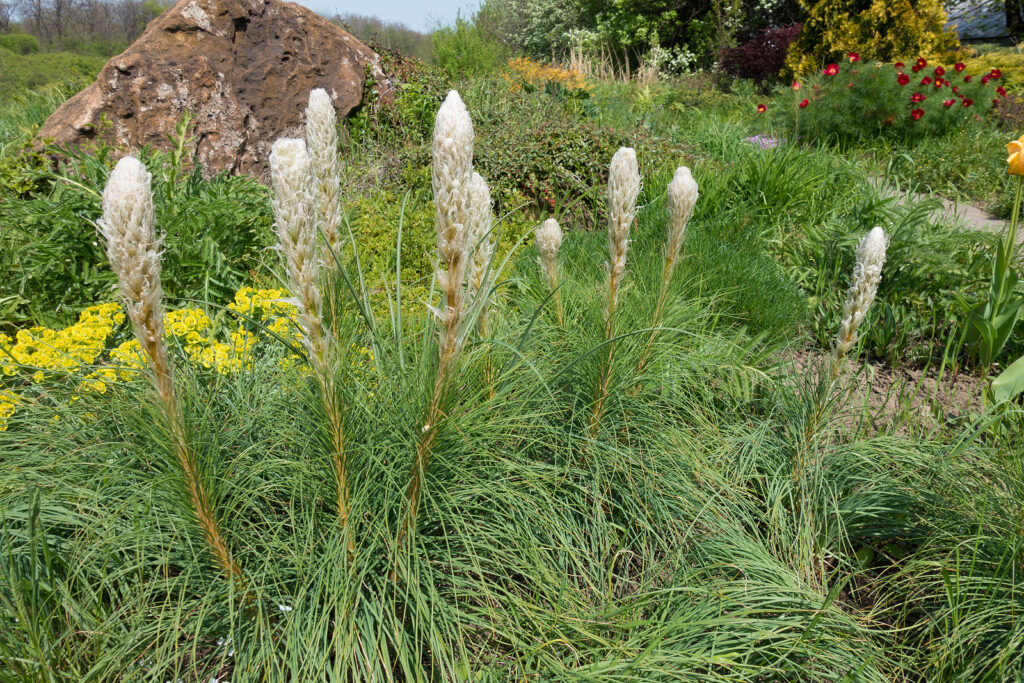
Get to know Jacob’s-Rod – Asphodeline
- Plant type: Perennial and biennial speices
- Growing zones and range: Zones 6 to 8, Zone 5 with winter protection
- Hardiness: Will die back to the ground with a freeze
- Height and width: 3 to 5 feet tall dependin on species, about 3 feet wide
- Foliage: Blue-green to dark green grassy-like leaves
- Flowers: Narrow, erect, unbranched reacemes of starry yellow or white flowers
- Bloom time: Summer
- Uses: Beds, borders, attracts pollinators and hummingbirds
- Common name: Jacob’s rod, asphodels
- Botanical name: Asphodeline
- Family name: Asphodelaceae
- Origin: Europe, Mediterranean
Where to plant Jacob’s-Rod – Asphodeline
- Plant Asphodleine in a sunny spot in well-draining soil.
- Asphodeline plants prefer full sun to partial shade. Make sure the planting area receives at least 6 to 8 hours of sunlight per day.
- Asphodeline plants prefer sandy loam, well-draining soil. If your soil is heavy or clay-like, amend it with compost, well-rotted manure, or sand to improve drainage and fertility
When to plant Jacob’s-Rod – Asphodeline
- Asphodeline is usually grown from bulbs or divided clumps. Plant bulbs in the fall or divide clumps in the fall or early spring.
Planting and spacing Jacob’s-Rod – Asphodeline
- Plant Asphodeline bulbs about 3 to 4 inches deep and space them about 8 to 10 inches apart.
How to water and feed Jacob’s-Rod – Asphodeline
- Asphodeline plants prefer moderate watering. Water them regularly, but be careful not to overwater as this can cause root rot. Keep the soil evenly moist during the plant’s active growth in spring and summer. Reduce watering in the fall and winter when the plant is dormant.
- Asphodeline plants do not require much fertilization. You can apply a balanced fertilizer once a year in the spring to promote healthy growth and flowering.

Jacob’s-Rod – Asphodeline care
- Mulch around the base of the Asphodeline to help retain soil moisture and suppress weeds. Mulching helps retain moisture, suppress weeds, and moderate soil temperature. Apply a layer of organic mulch around the plants, leaving some space around the base to prevent rot.
- Remove any dead or damaged leaves or flowers to encourage new growth and flowering.
- Asphodeline plants may benefit from staking or support as they grow to prevent them from bending or falling over.
- Asphodeline plants can become crowded over time, leading to reduced blooming. Divide the plants every few years in the fall to rejuvenate them and promote better flowering.
Jacob’s-Rod – Asphodeline pests and diseases
- Asphodeline plants are relatively resistant to pests and diseases. Watch for any signs of aphids, mealybugs, or spider mites, and treat them promptly with insecticidal soap if necessary.
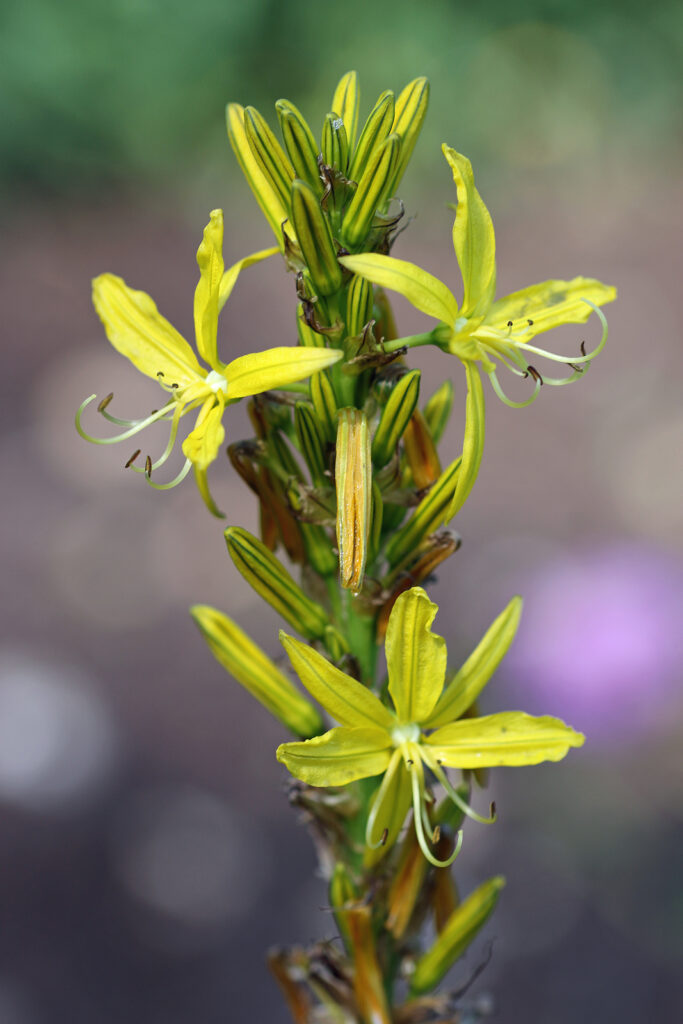
Jacob’s-Rod – Asphodeline propagation
- Asphodeline plants can be propagated by division in the spring or fall. Simply dig up the plant, divide the clumps, and replant them in the desired location.
- Plant Asphodeline bulbs 3 to 4 inches deep and 8 to 10 inches apart.
Jacob’s-Rod – Asphodeline varieties to grows
- Asphodeline liburnica grow to 3 feet tall; has fleshy roots and blue-green leaves; racemes of starry pale yellow flowers grow 6 to 9 inches long in mid-summer.
- A. lutea, called King’s spear or yellow asphodel is a fleshy-rooted perennial; grow 3 to 5 feet tall; bears dense 6 to 18 inche racemes of bright yellow flowers in late spring.

